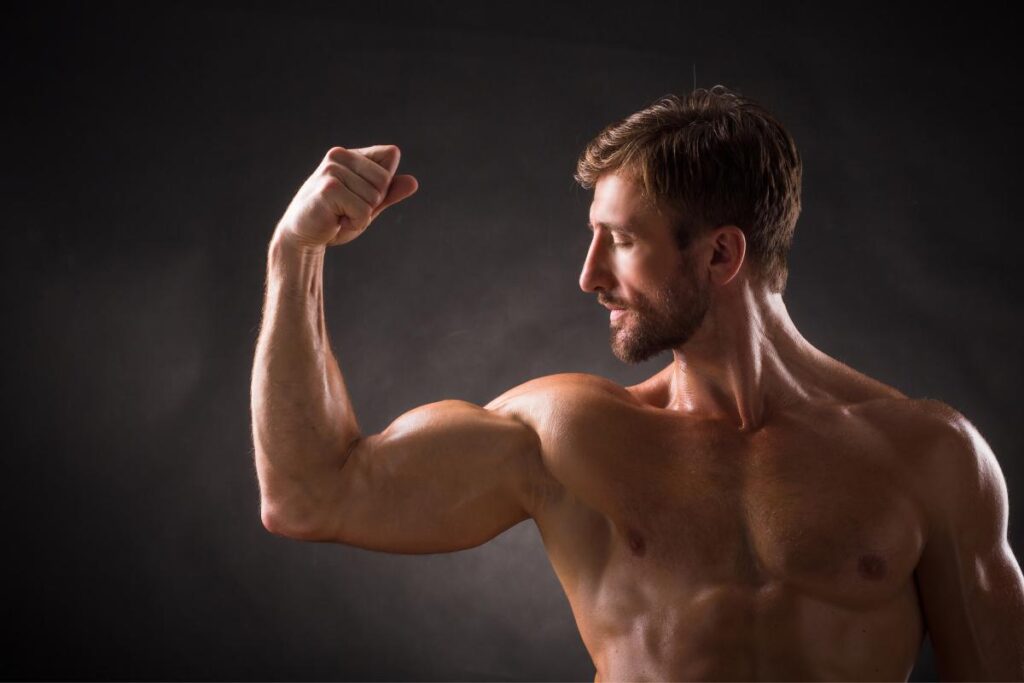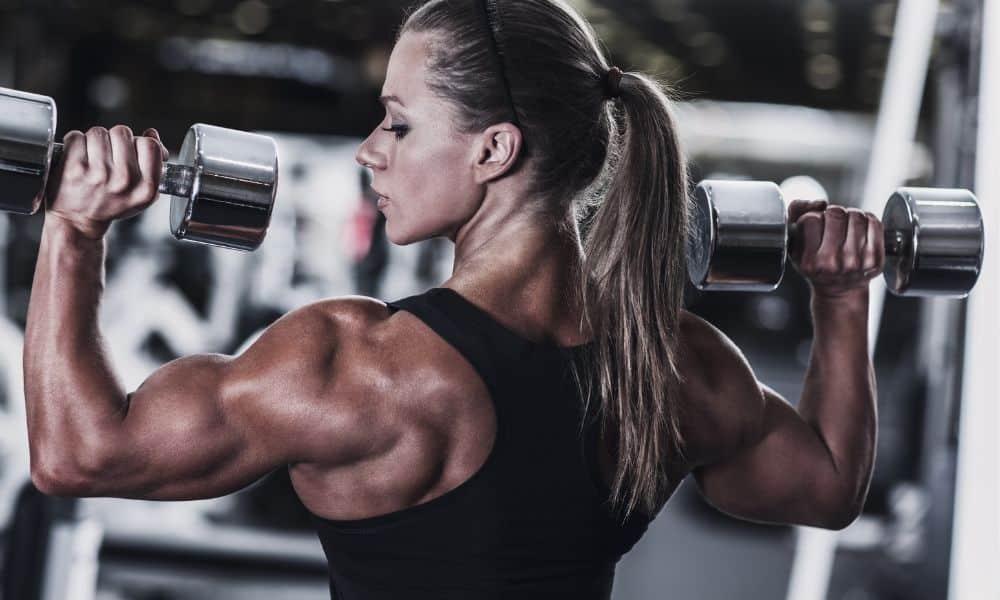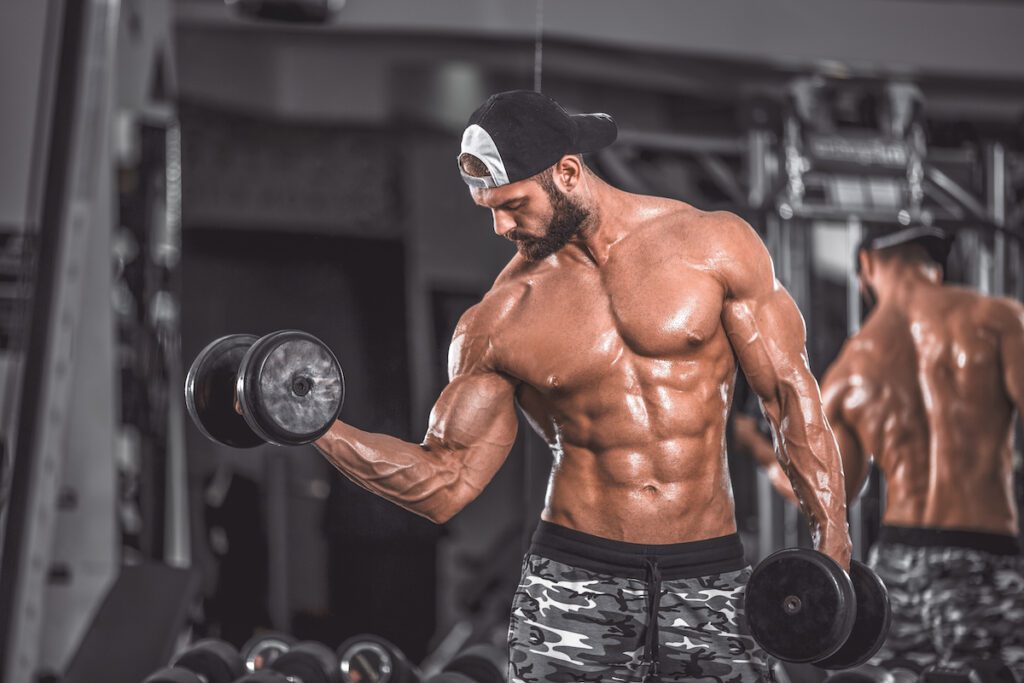Are you interested in the role of bodybuilding during the Bronze Era when bodybuilders were natural and didn’t use steroids? The Bronze Era, from approximately 1894 to 1939, marked a significant period in the history of bodybuilding. During this time, bodybuilding was not just a pursuit of physical fitness but held immense cultural, social, and symbolic importance. It was a time when physical strength was revered, and the connection between physical prowess and leadership was deeply intertwined with cultural beliefs.
Let’s explore the role of bodybuilding during the Bronze Era and its impact on societal perceptions of strength, leadership, and personal development.
Cultural and Social Importance of Bodybuilding:
In the Bronze Era, bodybuilding emerged as a popular pursuit due to changing societal norms and the desire to improve physical fitness. The emphasis on physical culture and exercise was fueled by concerns over declining health due to urbanization and modernization. Bodybuilding offered a means to counteract the adverse effects of sedentary lifestyles and unhealthy working conditions.
As bodybuilding gained popularity, it became a form of entertainment and spectacle. Strongmen and physical culturists showcased their abilities through feats of strength and daring stunts, drawing crowds and admirers. They became cultural icons, inspiring others to pursue physical fitness and strength.
Moreover, bodybuilding played a role in shaping beauty ideals and aesthetics. The emphasis on a balanced and harmonious physique, characterized by muscular development and proportion, reflected a cultural shift in the perception of the human form.
The Connection Between Physical Strength and Leadership:
In the Bronze Era, physical strength was closely associated with leadership qualities. The ability to demonstrate strength and prowess was considered essential for leaders in the military, sports, or other areas. Strong leaders were seen as capable and authoritative, inspiring confidence and loyalty among their followers.
In many ancient civilizations, leaders were expected to lead from the front, displaying their physical prowess on the battlefield or in public displays of strength. Physical strength often represented inner strength, discipline, and character, reinforcing the idea that a strong body reflected a strong mind and spirit.
Interwoven Beliefs and Physical Prowess:
In ancient cultures, beliefs, and religion were often interwoven with physical prowess and bodybuilding. For instance, in ancient Greece, physical training and athletic competitions were integral to religious festivals, honoring the gods and goddesses. The Olympic Games, which date back to ancient times, celebrated physical excellence and athleticism, with victors achieving a high status in society.
In addition, various ancient myths and legends featured heroes and deities known for their exceptional physical strength and prowess. These tales further elevated the significance of physical abilities in the collective consciousness.
Conclusion:
The role of bodybuilding during the Bronze Era (around 1894 – 1939) extended beyond mere physical fitness; it held cultural, social, and symbolic importance. Bodybuilding became a form of entertainment and inspiration, with strongmen and physical culturists becoming cultural icons. Physical strength was closely associated with leadership qualities, reflecting the belief that a strong body represented inner strength and character. Moreover, bodybuilding was intertwined with religious beliefs and myths, further emphasizing the cultural significance of physical prowess.
The Bronze Era’s legacy continues to influence modern bodybuilding and fitness practices, reminding us of the timeless appreciation for physical fitness and the pursuit of strength. As we continue to explore the realms of bodybuilding, we can draw inspiration from its cultural and social impact during this significant period in history.
If you love bodybuilding, share this article on Facebook or Twitter so that others can learn more about building muscle.




